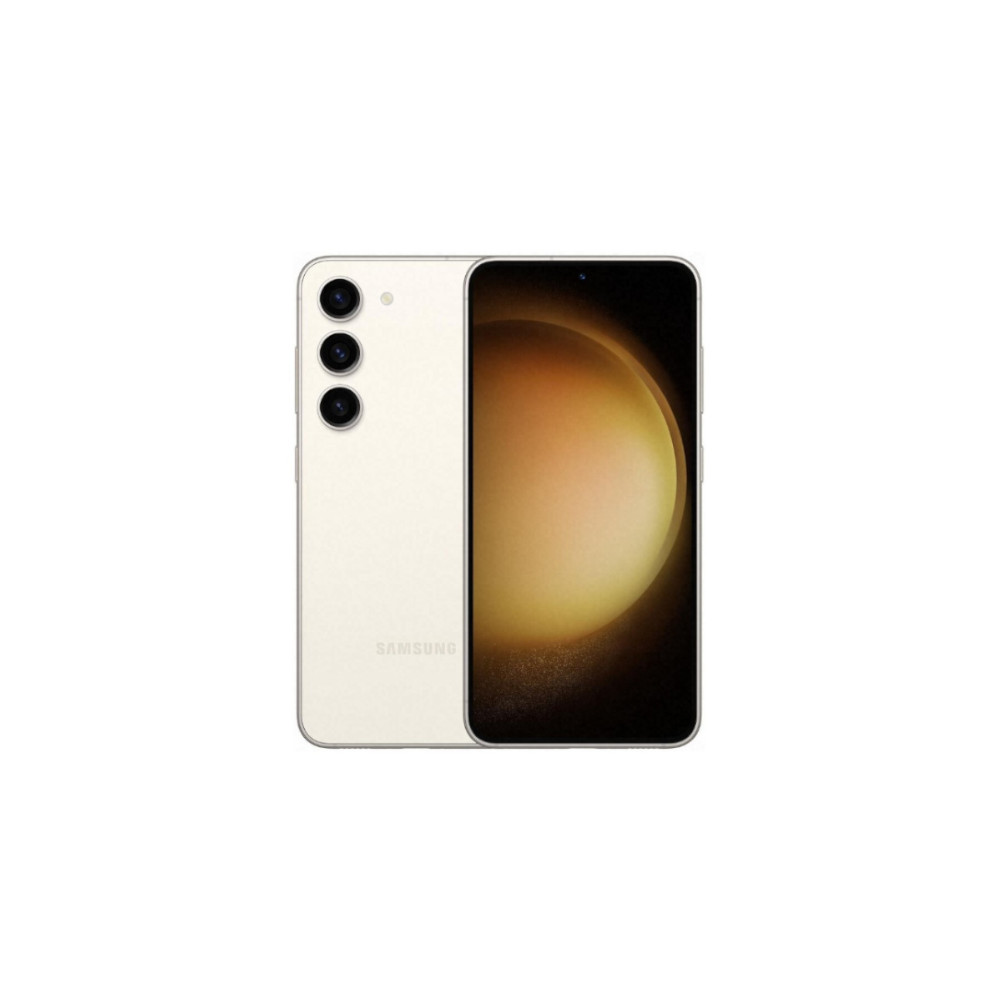Affiliate links on Android Authority may earn us a commission. Learn more.
The Galaxy S23 seems boring, but it’s exactly what we wanted from Samsung
Published onFebruary 4, 2023
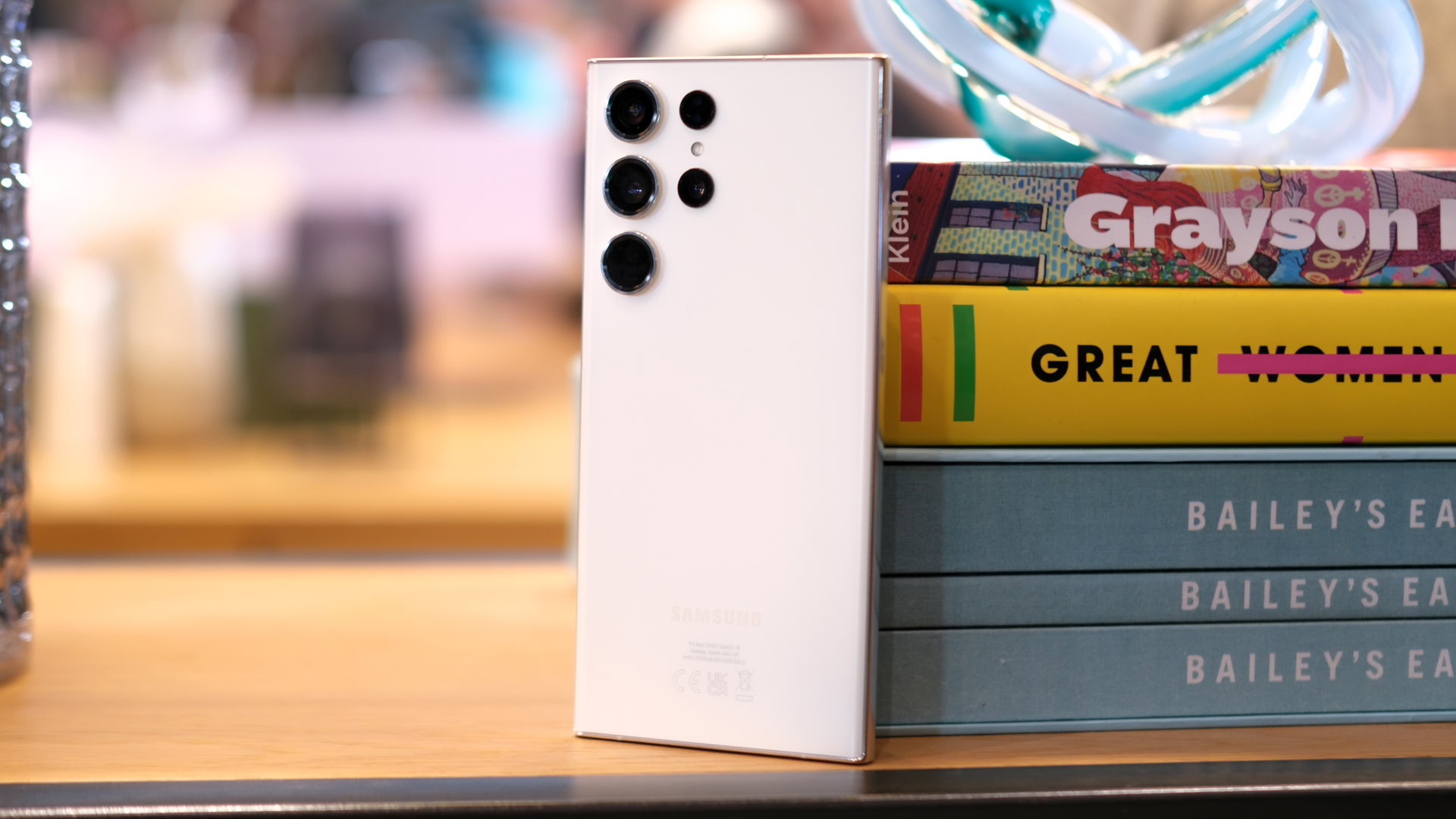
Ten years ago, a new smartphone release was incredibly exciting. Technology moved so fast back then that every new smartphone seemed to come with a feature we had never seen before. Today, though, phone launches are increasingly, well, boring with each passing year. The Samsung Galaxy S23 is no exception.
“Boring” might seem like a strong word, but I’ve seen it thrown around quite a bit this launch. It’s easy to see why. If you just glanced at these phones, you’d say that there are some cosmetic changes, a few minor upgrades under the hood, and a handful of new software features. Hardly exciting. When Samsung spends a lot of its launch event talking about the environmental impact of its products and how it’s making two short films with big-name directors, you know it doesn’t have much to say about the phones either.
It would be really easy to write a scathing critique of Samsung in this regard. I could go on and on about how these phones are a whole lot of “meh,” and how there’s no reason to upgrade if you own a flagship from the past two years. That would be the wrong move, however, because despite how uninteresting these phones seem to be, they are pretty much exactly what we asked for in 2022.
Only a few changes, but they are big ones
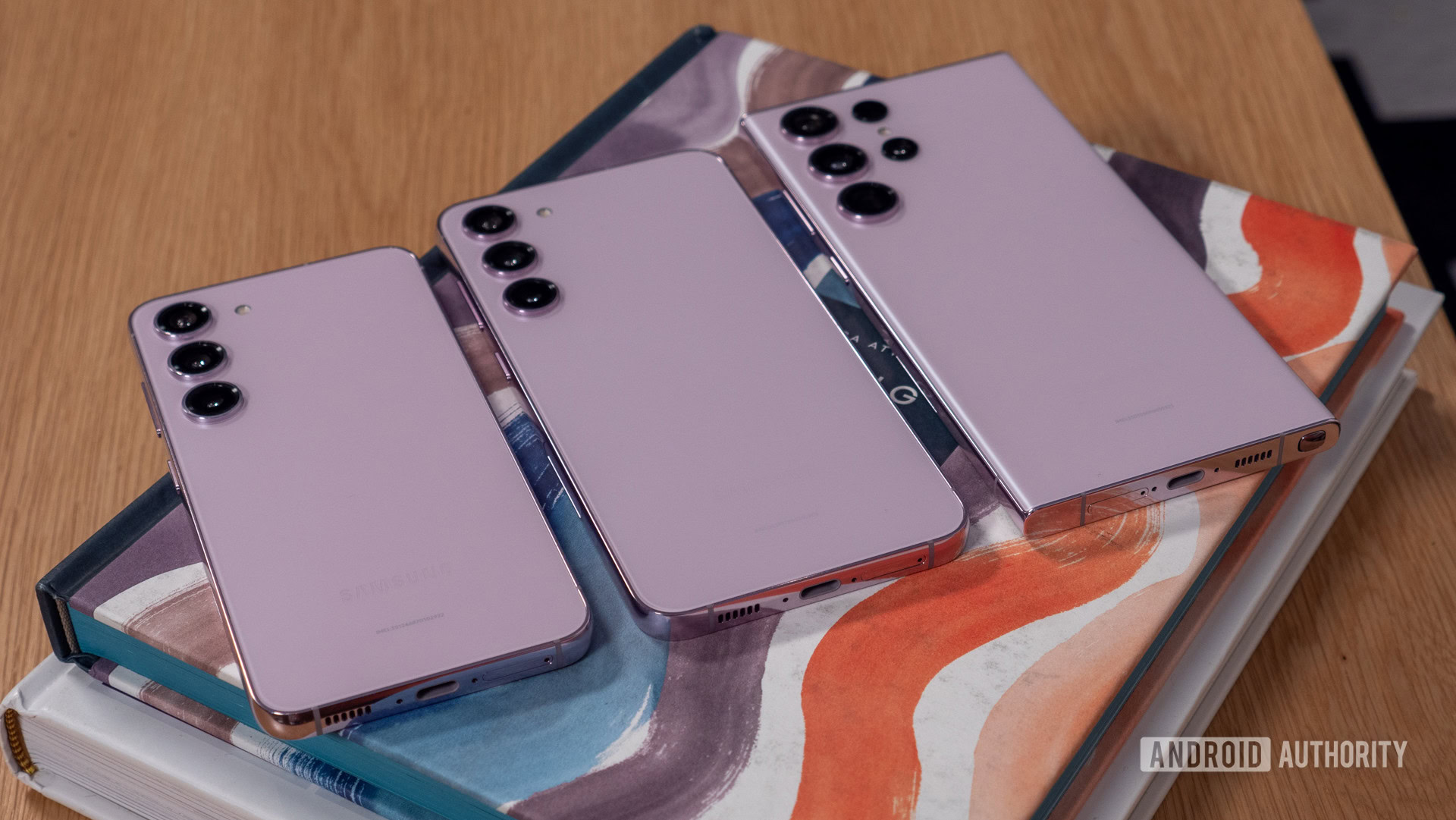
You don’t have to go hands-on with the Galaxy S23 to spot the key change to the vanilla and Plus models. Last year, these two looked wildly different from the higher-end Ultra; it wasn’t even clear they were all part of the same family. In 2023, however, the three phones look cohesive, each with a matching triple-lens floating camera layout on the back. The Galaxy S23 Ultra still looks a bit out of place with its boxier design, extra lenses, and curved display, but at least there’s no mistaking the family anymore. This is a great change.
On the inside, the Samsung Galaxy S23 series has some small but significant upgrades. The batteries in the vanilla and Plus models are bigger, for one. While a 200mAh increase doesn’t seem like much, that’s better than nothing — and certainly better than the decrease we saw in 2022.
Bigger batteries and more storage address two of our biggest complaints.
Likewise, an upgrade to the more efficient Snapdragon 8 Gen 2 provides plenty of speed and power across all three phones. This chipset now appears on every Galaxy S23 globally, which is a huge deal. Customers in the UK, Europe, and many other countries no longer need to fear feature disparity from an Exynos chip. It’s all Snapdragon all the time, which is what we’ve wanted for years.
The cameras found some love too. The selfie camera on all three models is a newer 12MP system, and the Galaxy S23 Ultra has a massive 200MP primary shooter on the back. Samsung also launched numerous software-based features for the cameras, which were able to impress the likes of Ridley Scott.
There are no Exynos-based Galaxy S phones this year, a huge change we've been wanting for years.
Finally, there are no longer measly 128GB storage versions of the Galaxy S23 Plus and S23 Ultra. 256GB is the new floor and it won’t cost you any extra. That’s another change we’ve wanted for years, and now we finally have it.
We didn’t see all the changes we would want, of course, but the tweaks we did see were much needed, especially as they aren’t always easy to spot on paper.
Improvements that won’t show on a spec sheet
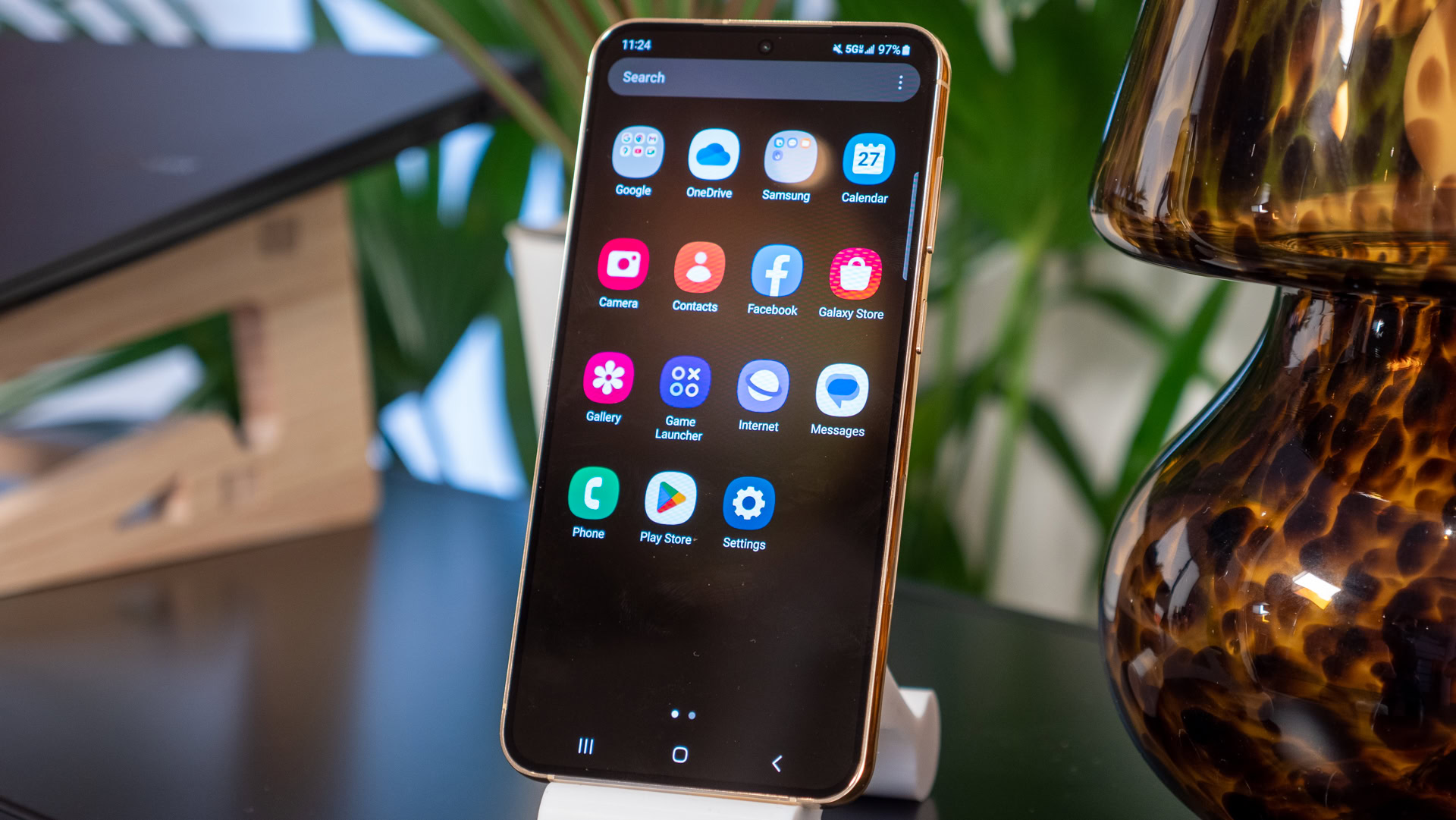
The two biggest problems we had with the Galaxy S22 series were heat and battery life. While we haven’t put these Galaxy S23 phones through our rigorous testing yet, we are confident things will be significantly better this year.
Our 2022 reviews: Galaxy S22 | Galaxy S22 Plus | Galaxy S22 Ultra
First, the Snapdragon 8 Gen 2 is leaps and bounds ahead of the 8 Gen 1 regarding thermal performance and power efficiency. At least from what we’ve seen in our initial 8 Gen 2 testing. The unique overclocked version of the 8 Gen 2 inside the Galaxy S23 series — officially known as the Snapdragon 8 Gen 2 for Galaxy — might be a bit different from what we’ve already seen, but we are sure we’ll see better sustainable performance than we did with the 8 Gen 1.
The Galaxy S23 series might not seem all that different, but there's more than meets the eye.
Not only is the 8 Gen 2 shaping up to be better for temperatures and battery life, but the phones all have improved heatsinks too. In the case of the Galaxy S23, it has a graphite-based cooler for the first time, which will likely make a significant difference. In other words, it will be incredibly surprising if the Samsung Galaxy S23 series doesn’t have better thermals, and therefore performance, when compared to the Galaxy S22 series. Samsung has clearly attacked these problems head-on.
The design of the phones is also better this year. The Galaxy S23 Ultra has less of a curve to its display, for example. It’s not flat (which is what most of our readers and we want), but it’s closer to flat than ever before. Durability is up thanks to Gorilla Glass Victus 2, and the aluminum rails are stronger this year and incorporate more recycled materials, making their environmental impact slightly smaller. In fact, Samsung doubled the number of components that incorporate recycled materials in 2023, both inside and out.
The takeaway is that the Galaxy S23 series might not seem all that different, but there’s more than meets the eye.
All this and no price increase (in the US, anyway)
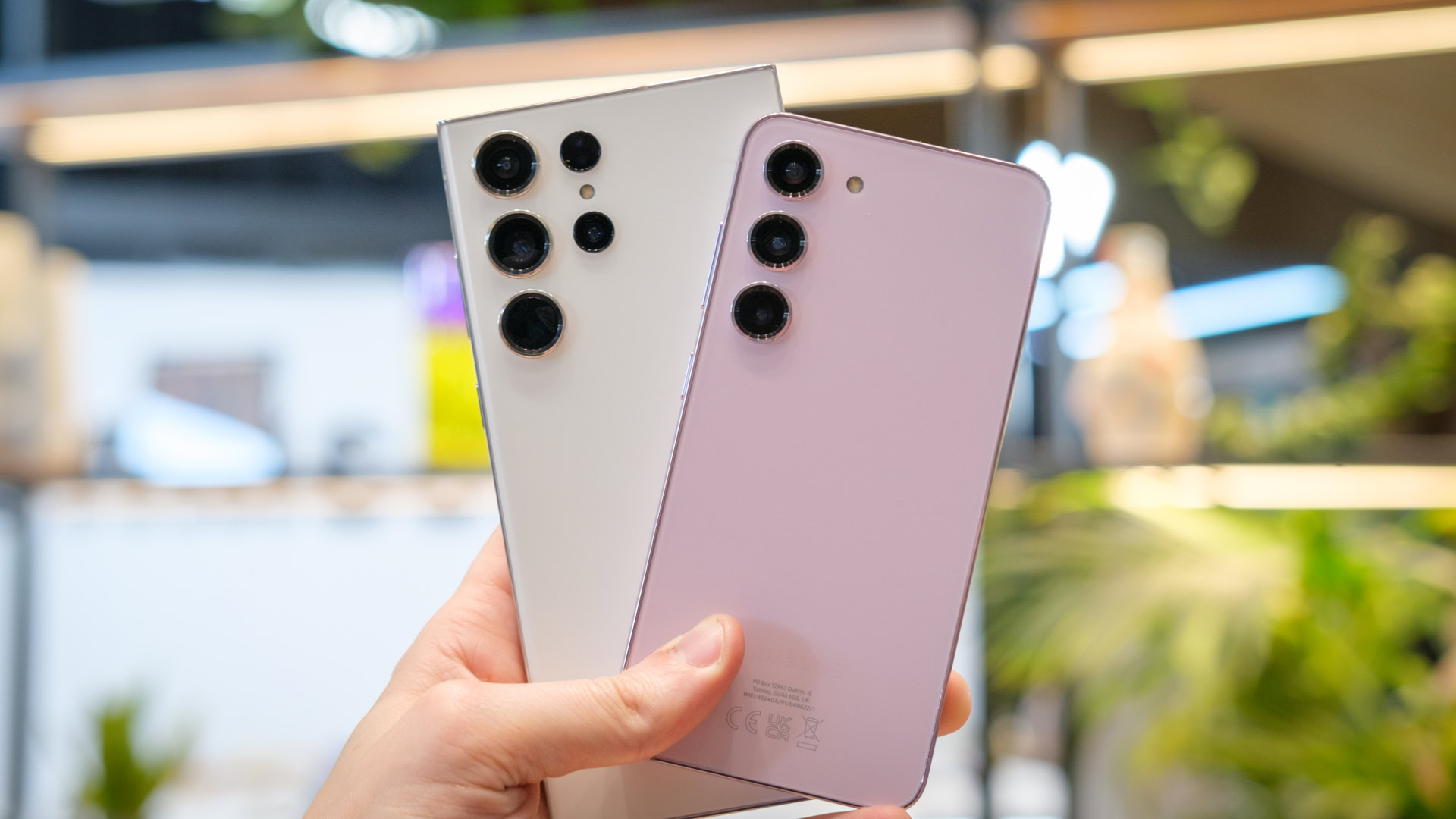
In the United States, the Galaxy S23 series costs the same as the Galaxy S22 series. The Galaxy S23 starts at $799, while the Galaxy S23 Plus and Galaxy S23 Ultra stay at $999 and $1,199, respectively.
The series seems like a great buy considering the improvements we’ve already gone over. The Galaxy S23, in particular, could end up being the perfect phone for the slightly more budget conscious. In the US, 55% of smartphone users own an iPhone, yet the Galaxy S23 is now leaps ahead of the iPhone 14, which starts at the same $799 price.
The Galaxy S23 offers superior hardware than an iPhone 14 at the same price.
The iPhone 14 doesn’t have a 120Hz refresh rate, nor does it have a telephoto lens. It has weaker glass, less RAM, a chipset from 2021, is marginally larger in every dimension, and can’t capture 8K video. The only thing the iPhone 14 has going for it over the Galaxy S23 is a slightly higher-resolution display, MagSafe support, and deep integration with the Apple ecosystem. If you don’t care about MagSafe and the Apple world, it’s hard to argue in favor of an iPhone 14 over a Galaxy S23.
Unfortunately, this price structure isn’t the same around the world. In the UK, for example, the Galaxy S23 starts at £849 (~$1,041), a significant jump over the £769 ($943) price of last year’s Galaxy S22. The other models are no different, with the Galaxy S23 Plus and Galaxy S23 Ultra going up by £100 (~123) each. We’ve seen similar increases in other parts of the world, including Europe and India. These changes make the decision to buy a Galaxy S23 much more difficult.
Here in the US, though, the Galaxy S23 series should be at or near the top of every smartphone shoppers list.

Snapdragon 8 Gen 2 power
Bigger battery

Beautiful display
S Pen functionality
The Samsung Galaxy S23 isn’t what we want, but that’s OK
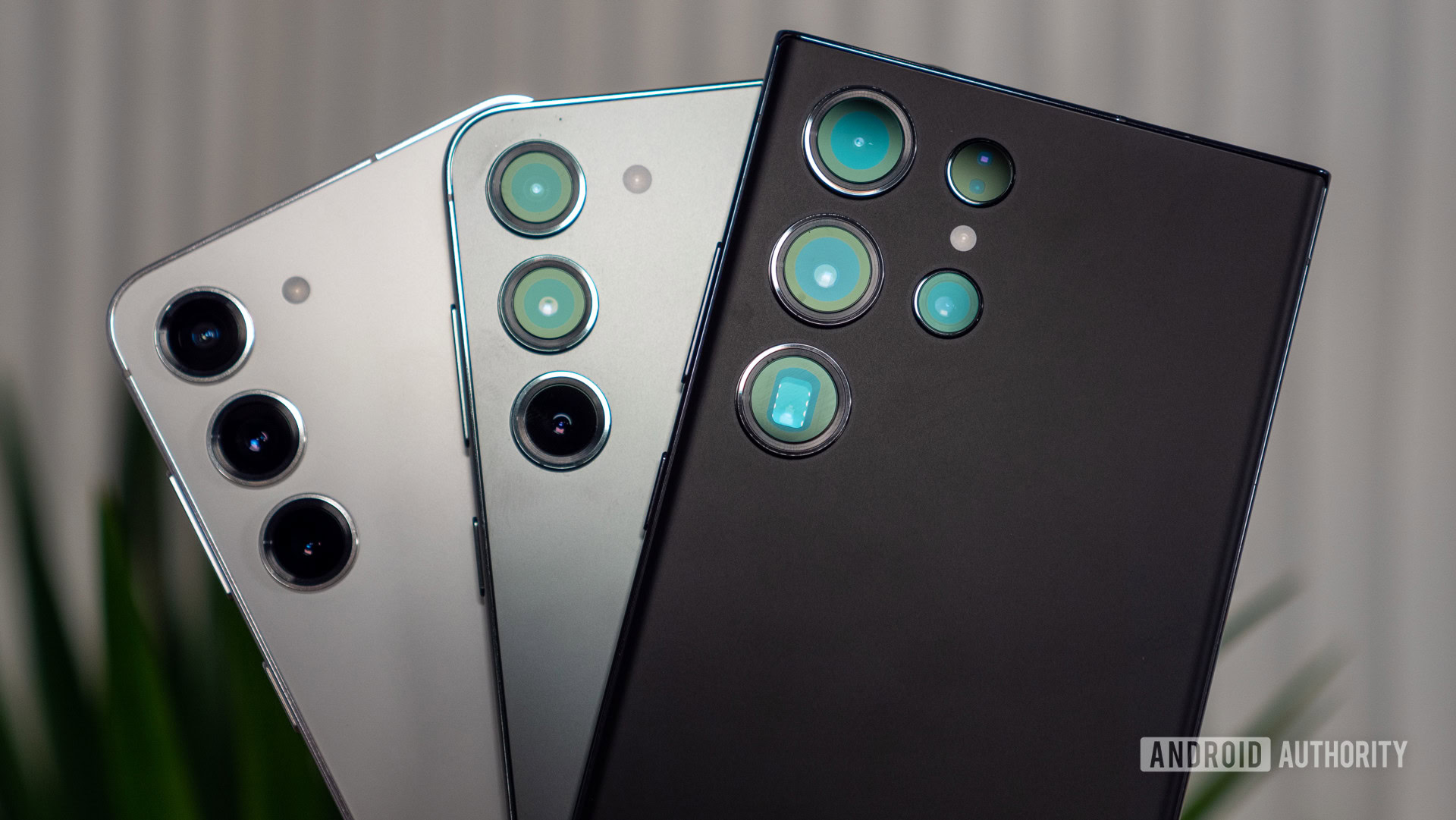
I won’t deny it: this is an evolution year rather than a revolution year for the Galaxy S23 series. I have no illusions about that. However, the things Samsung has changed are small but significant. These are not just cosmetic flourishes like we saw with the iPhone 14, which is basically an iPhone 13.5. These are tangible alterations that will positively affect your experience using the phones.
Sure, it would have been nice to see faster charging speeds, more RAM, and maybe even some additional new camera hardware. The speakers could probably use a refresh, and it’s disappointing that satellite connectivity didn’t debut this year. While not necessary, it’s always exciting to see wild revamps in the overall design, too, and we didn’t get that, either.
Here in the US, though, with the Galaxy S23 series, we essentially have the Galaxy S22 series with most of the problems fixed and at the same price. That’s not super exciting, but it’s also not nothing. Samsung has made important changes. They might not be sexy ones, but maybe calling these phones “boring” belittles them unfairly.
